Introduction
Data-driven decision-making is a method based on identifying and analyzing critical metrics and figures to gain insights about key issues and produce a workable solution. An essential aspect of this decision-making process is monitoring analytics that serves to quantify the performance of interconnected systems and resources for enhanced performance visibility and informed decision-making.
The rise of data-driven decision-making systems has resulted in the need for a comprehensive monitoring analytics system for IT professionals that offers a variety of monitoring analytics tools that provide key insights into complex systems’ long-term performance. Companies can use data, tracked and evaluated by specialized software to make superior business decisions regarding various operations.
Who Can Use Monitoring Analytics?
Monitoring analytics is an excellent software tool for IT specialists. Whether you are a director, network engineer, or security specialist, you can use collected data regarding crucial functions and processes to enhance decision making and optimize the operational workflows under your supervision for improved efficiency and productivity.
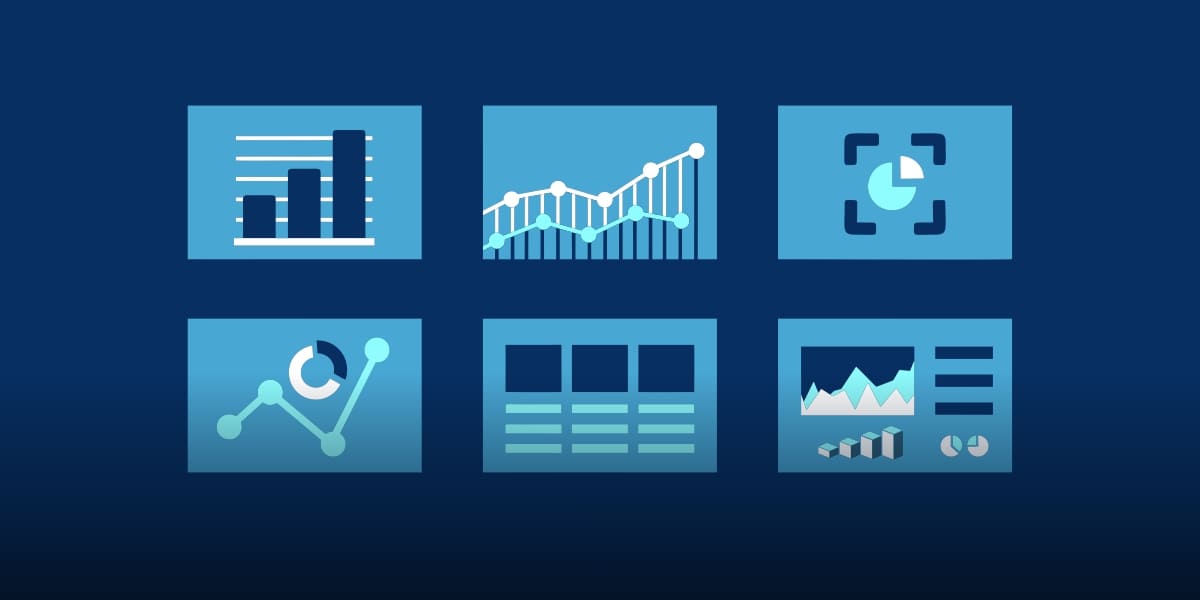
A team can benefit from the increased awareness and reporting on its operations by using the information to create more significantly streamlined operations that accurately reflect the health and status of ongoing processes and activities. This also helps businesses in terms of budgeting and forecasting their projections for future performance.
What Challenges Are Addressed
There are a number of challenges that businesses have to face when it comes to accumulating, categorizing, and processing big data. It means that they are not in a position to make data-driven decisions. Some of the critical issues faced by IT professionals when making data-driven decisions about their application analytics systems are:
- Complexity in the design of the monitoring software
- Lack of API access, causing accessibility issues
- Reduced scalability leading to problems with application size and optimization.
- No comprehensive solution that can integrate various needs and aspects.
Reporting vs. Analytics
What is the difference between reporting and analytics? These two functions are vital to data-driven decision-making. It’s essential to understand the distinction to make effective decisions. The measurement and presentation of key metrics that provide relevant information about your systems are known as reporting. The analysis uses this information to gain insights.
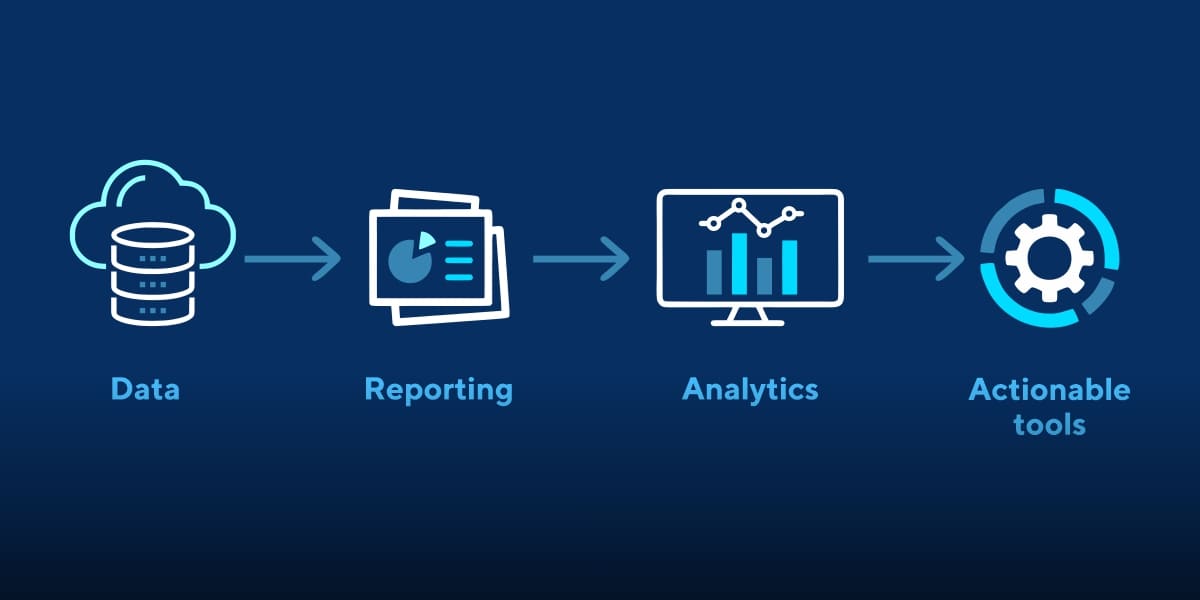
What is the Solution?
IT professionals looking to equip their business with performance monitor software services need a holistic overview of their processes. The Windows Server Monitoring and Performance Tools by Virtual Metric are an excellent option to explore, as they feature a real-time agentless Windows infrastructure monitoring suite.
These tools provide a complete solution that covers all aspects of monitoring analytics. It puts business in a position where it is aware of its hardware, software, and network resources and patterns of consumption. It enables businesses to optimize the use of their IT infrastructure for efficiency. Some of the highlights of this service are:
- Windows Server performance monitoring
- Agentless Windows Monitoring
- Windows Event Log monitoring
- Storage Latency Monitoring
- Monitoring Heatmap
- Support for all Windows versions
Windows Server Performance Monitoring
You can use monitoring analytics to assess key system components’ performance, such as processor, memory, datastore, and network usage. The software generates a monitoring report which identifies the use of essential metrics. The holistic overview presented by this report aids greatly in resource allocation for processes.
Agentless Windows Monitoring
The software is designed in a way that allows it to integrate seamlessly into your current operating system. This reduces any time delays caused by system restarts or a lengthy configuration process. This software aims to facilitate your decision making without intruding on your server to allow for automated monitoring analytics functions.
Windows Event Log Monitoring
The event log monitoring system tracks all relevant data to check for any security issues in the software. You will then be notified promptly if any discrepancies are encountered so you can plan and implement a fix in a timely manner. Additionally, daily security checks and forensic reports are generated for superior application analytics.
Storage Latency Monitoring
If you are operating in a high latency environment, you may face significant delays and performance issues in your business’s various input/output processes. Monitoring analytics can aid in the identification of bottlenecks or other causes for storage latency issues. This makes the troubleshooting process a convenient and resource-efficient process.
Benefits of Monitoring Analytics
Using monitoring analytics in your system can safeguard your business processes by analyzing and detecting potential issues or threats in a timely manner so you can address them before they become a major threat. An alert is sent to inform you about the problem, enabling you to deal with it to take appropriate preventative measures.
The time commitment required for troubleshooting and server maintenance is significantly reduced as monitoring analytics tools on offer can easily visualize and identify key areas. These areas can then be targeted for specific improvements by ensuring relevant data is correlated to the problem. This way the business can direct its resources in a targeted manner.
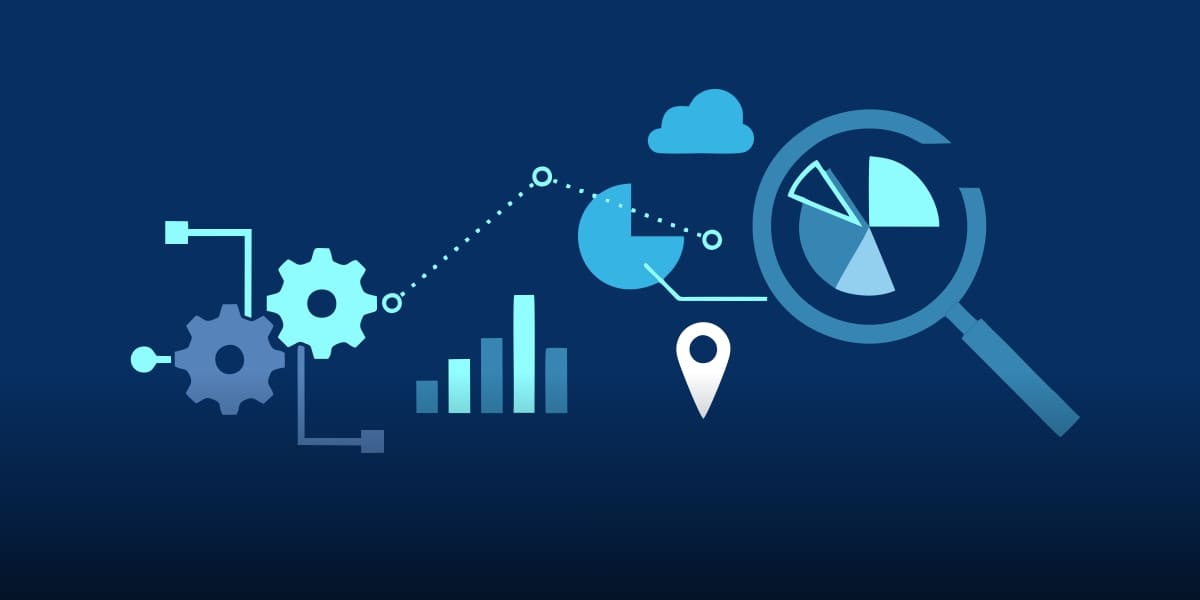
This monitoring analytics software is easy to install and is designed to make an immediate impact on your processes without affecting performance. This can increase your business’s efficiency by automating many analytical functions, freeing up employees to focus on essential business operations so they can engage in growth-driven activities instead of worrying about trivial errors.
Conclusion
Utilizing monitoring analytics properly can lead to business decisions being made based on data. This is useful for any business, but it is vital to the consistency and sustainability of their software systems for IT professionals. Additionally, the technical nature of IT businesses makes them suitable for a data-driven approach.
When choosing a monitoring analytics software for your business, it’s essential to consider a product that can offer comprehensive analytical tools and services combined with a simplified interface for ease of use. This automated approach eliminates unnecessary time spent on monitoring systems manually, allowing employees to focus on important tasks.

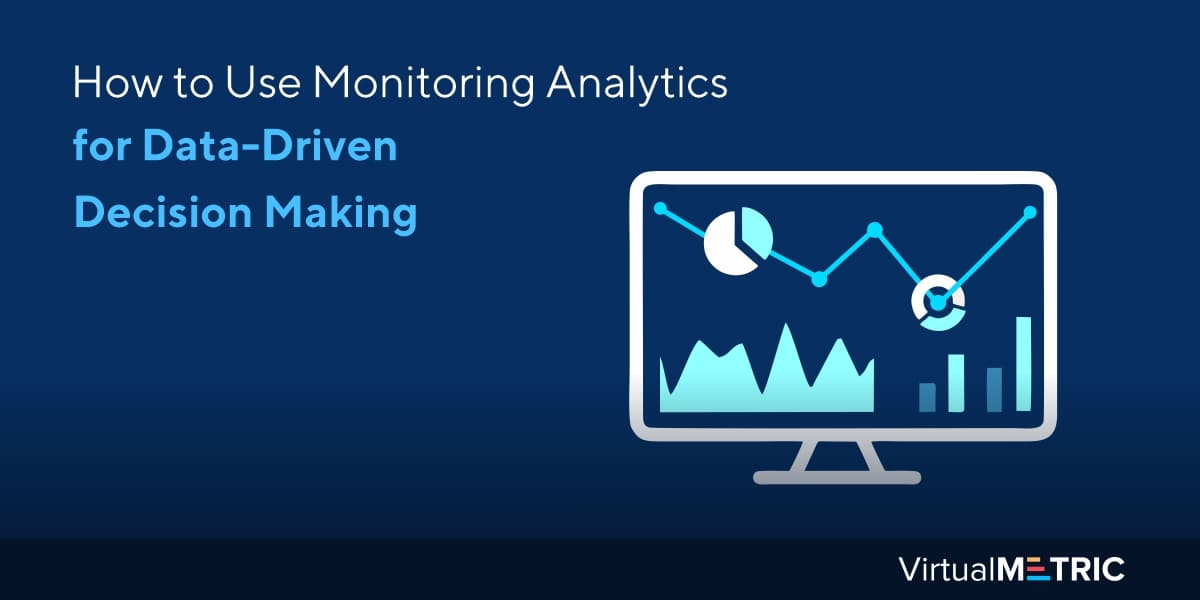
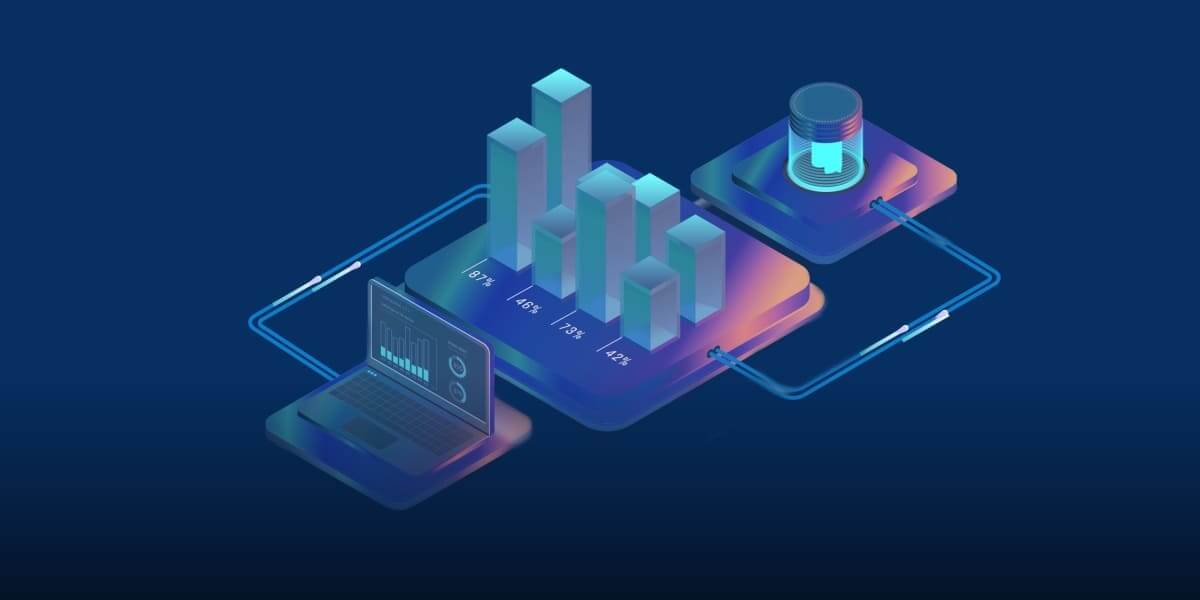
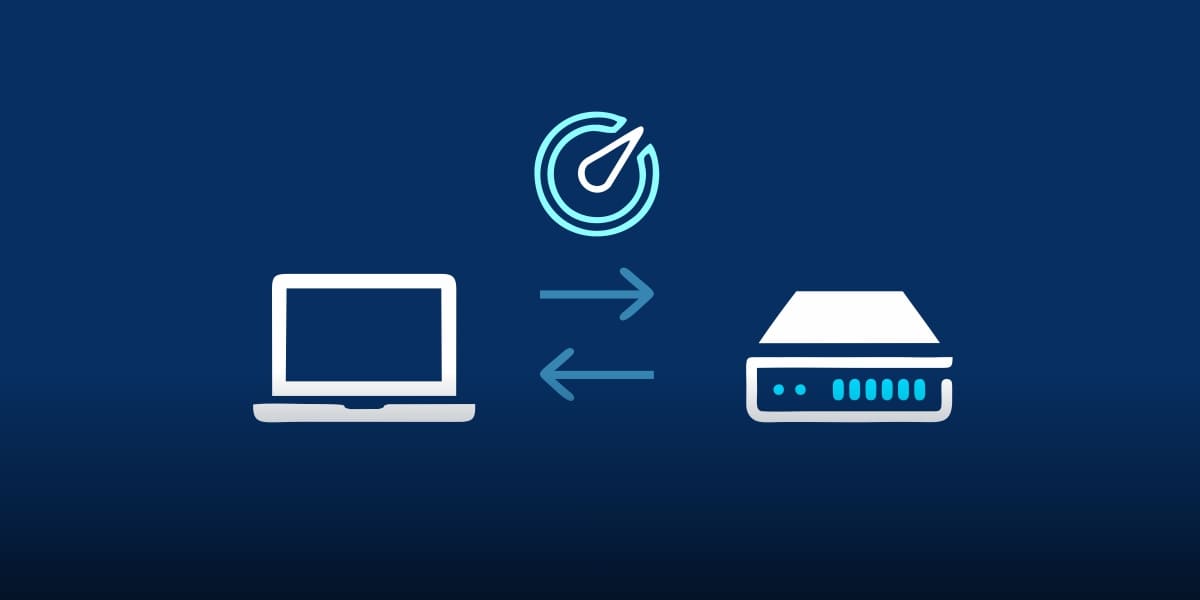
Leave a Reply